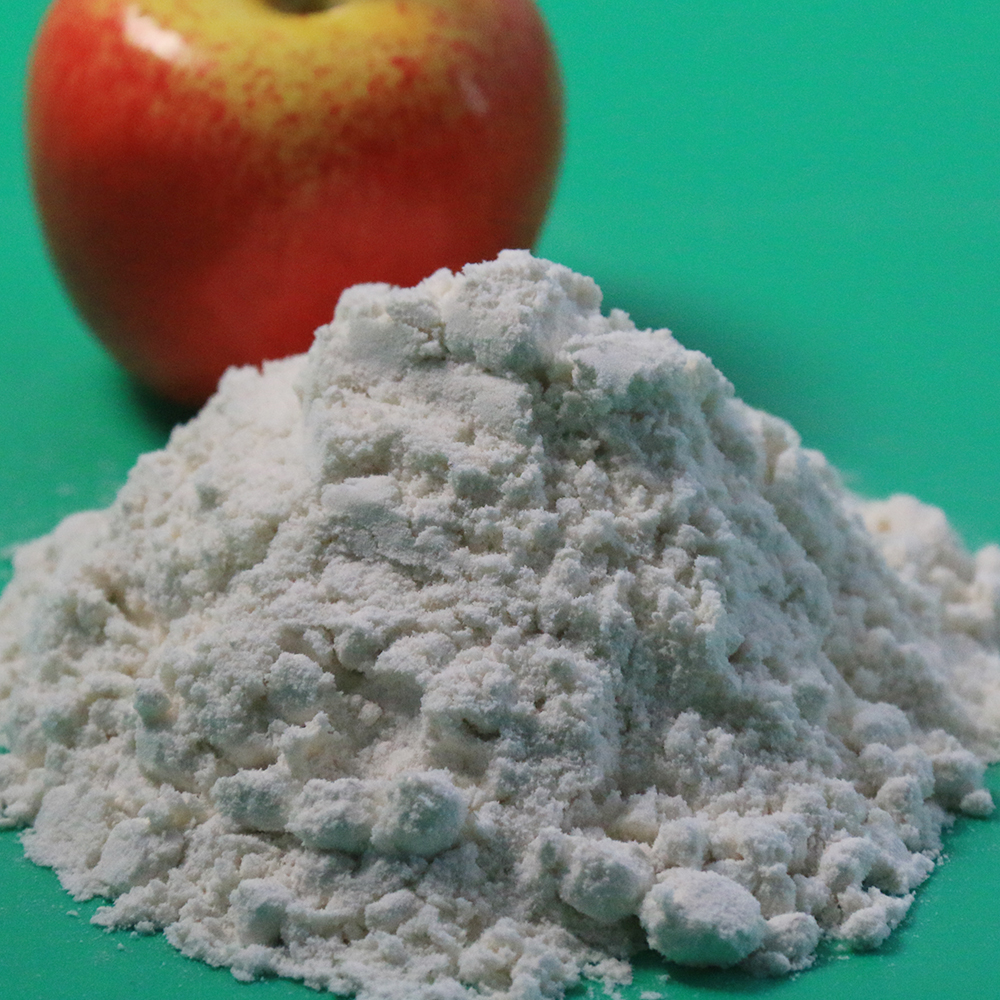1-Naphthaleneacetic acid (1-Naphthylacetic acid), a auxin, can promote plant growth. 1-Naphthaleneacetic acid is also an inhibitor of PLA2, with an IC50 of 13.16 μM[1][2].
In Vitro
1-Naphthaleneacetic acid(0.7-14 μM)inhibits the activity of PLA2,with the Ki and IC50 of 6.87 μM and 13.16 μM,respectively[1].Plants were sampled periodically for collecting of organic acids(citrate,malate,succinate),and also were used to study the effect on proton extrusion and release of Na(+),K(+),Ca(2+)and Mg(2+). The tissues were later processed to quantify the organic acids in tissues,the phosphorus content and the effects on plant biomass. The exogenous addition of NAA led to an increase in organic acid exudation,but this response was not proportional to the concentration of the dose applied,noticing the largest increments with NAA 10(-8)M. In contrast the increase in root weight was proportional to the dose applied,which shows that with higher doses the roots produced are not of proteoid type. Proton extrusion and the release of cations were related to the NAA dose,the first was proportional to the dose applied and the second inversely proportional. Regarding the analysis of tissues,the results of citrate and phosphorus content in shoots show that the overall status of these parts are the main responsible of the organic acids exuded. NAA served as an enhancer of the organic acid exudation that occurs under phosphorus deficient conditions,with a response that depends on the dose applied,not only in its magnitude,but also in the mechanism of action of the plant hormone
Post time: Aug-07-2024






